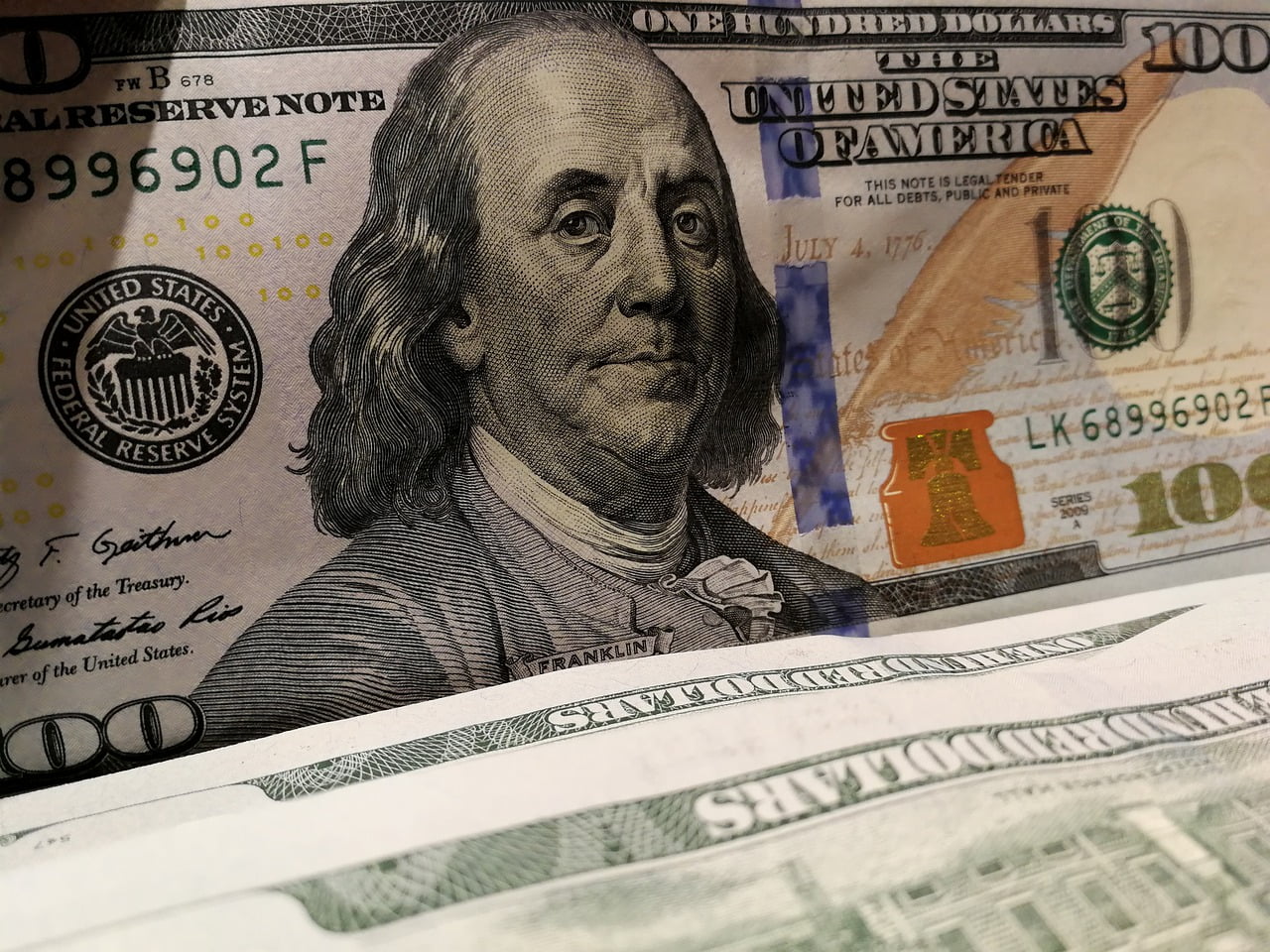Core inflation in the U.S. soared by 6.4% in February from a year ago amid food and gas heavy increases. It is the highest increase of this since January 1982, and the outlook is inflation will likely continue to grow in the coming months.
Inflation Drivers
As reported by AP News, the Federal Reserve considers the core personal consumption expenditures price index as the most reliable inflation metric. Excluding food and gas prices, core inflation grew 5.4% in February year-on-year.
Q4 2021 hedge fund letters, conferences and more
The inflation issues are bound to get worse as the Russia-Ukraine war rages in Europe and global oil and commodity markets are seeing significant price increases —also, consumer demand bounced back from pandemic lows.
Amid the core inflation jump, consumption decelerated and people increased spending by a meek 0.2%, down from a 2.7% surge in January. Services became the main focus for consumers as they resumed travel and entertainment activities after COVID-19 lockdowns and restrictions.
“Spending on such services grew 0.6%, the most since July, while purchases of autos, furniture, clothes, and other goods dropped 2.1%,” AP reports.
Chief economist Richard Moody of Regions Financial, said, “Higher food and energy prices stemming from Russia’s invasion of Ukraine and renewed global supply chain impediments stemming from shutdowns in China figure to sustain inflation pressures for some time to come.”
Outlook
To counter the inflation phenomenon, the Fed rose the benchmark interest rate from almost zero by a quarter-point.
Michael Feroli, chief U.S. economist at JPMorgan Chase &Co (NYSE:JPM), believes the Fed will increase its key rate by an aggressive half-point by May and June. Such a move has not taken place in two decades, which depicts how concerned it is about the soaring inflation.
According to CNBC, goods prices mounted 1.1% in March, the fastest surge since October last year, as supply chain constraints hit global trade during the pandemic. After the Fed deemed such issues as “transitory,” their persistence prompted the central bank to launch loose monetary policies.
BCA Research's U.S. bond strategy service wrote in a note, “Every monthly inflation print above that range increases the odds of a 50-basis-point Fed move, every print below that range brings the odds down.”













